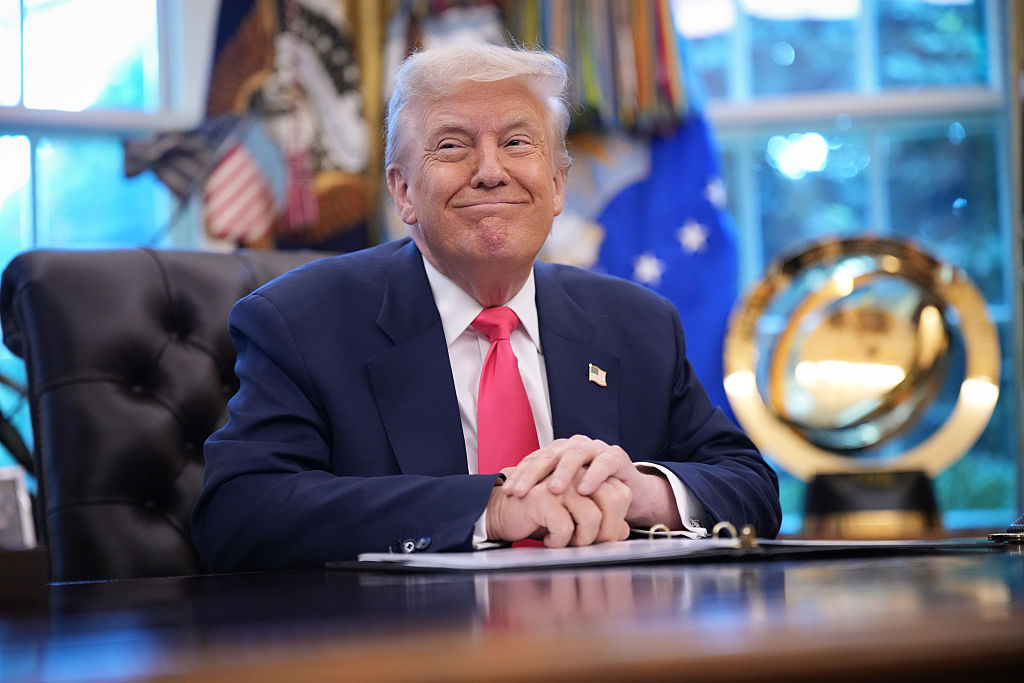President Trump entered Labor Day weekend hoping to showcase his signature promises on jobs and economic strength. Instead, federal appeals courts have delivered back-to-back rulings that throw key parts of his immigration and trade agenda into doubt.
On Friday, an appeals court issued an emergency order stopping the deportation of a group of children bound for Central America. The plane was reportedly on its way to Guatemala when the ruling came down, forcing immigration officials to halt the removal and turn the plane around. The episode underscored both the speed with which the administration has tried to carry out Trump’s sweeping deportation order — and the growing resistance it faces in the courts.
The White House has framed the mass removals as necessary to protect American workers, casting undocumented immigrants as competitors for jobs and public resources. But legal experts warn the administration is pushing the limits of existing law, particularly in directing federal authorities to override local jurisdictions that have declared themselves “sanctuary cities.” The court’s intervention suggests judges are unwilling to let Trump short-circuit established due process protections, especially for minors.
At nearly the same time, another appeals court put a hold on Trump’s new round of tariffs, which were scheduled to take effect this week. The administration has touted the trade measures as a way to bring manufacturing jobs back to the United States, arguing that decades of globalization hollowed out middle-class communities. But business groups and consumer advocates have warned the tariffs could raise prices on everyday goods, from clothing to electronics, undercutting workers’ paychecks just as inflation pressures remain a top concern.
Trump used social media to insist “ALL TARIFFS ARE STILL IN EFFECT!”
The legal setbacks come at an awkward political moment. Trump had hoped to use Labor Day — a holiday rooted in the history of organized labor and the fight for fair wages — as a stage to reassert his populist economic message. Instead, the headlines are dominated by rulings that limit his ability to deliver quickly on those pledges.
Still, Trump’s allies say the fights themselves could energize his base, portraying him as a president battling activist judges and entrenched elites to defend ordinary Americans. Critics counter that the chaos reveals an administration more focused on headlines than on workable policy.
Whether the courts ultimately side with or against him, the recent twin rulings highlight a broader reality: Trump’s most sweeping promises on immigration and trade remain deeply contested. For now, the children stuck on a plane and the tariffs paused in legal limbo serve as vivid reminders of the gap between campaign rhetoric and governing reality.


